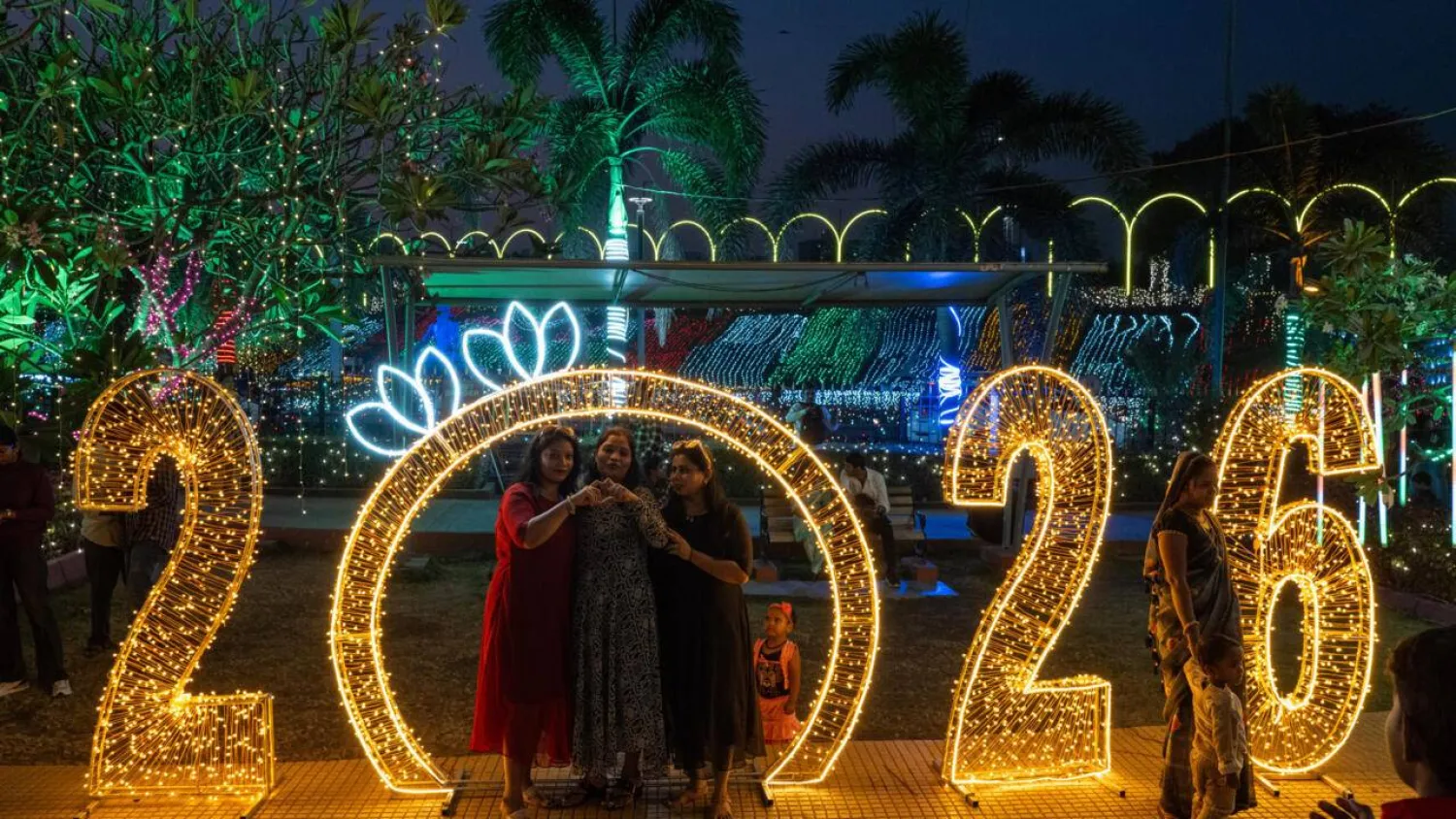Saudi Arabia is working to boost its pharmaceutical and medical equipment industries by localizing production, increasing their GDP contribution, and reducing dependence on imports to achieve health security and self-sufficiency.
Currently, there are 206 facilities in these sectors, with investments totaling SAR 10 billion ($2.66 billion).
Saudi Industry Minister Bandar Alkhorayef recently discussed localizing vaccine and drug production with Brazilian counterparts, as this sector is a key focus of the National Industrial Strategy.
The goal is to strengthen the Kingdom’s independence in meeting medical needs and to develop the Kingdom into a major hub for this growing industry.
Fitch Solutions reported that Saudi Arabia’s pharmaceutical market was worth $11.72 billion (SAR 44 billion) in 2022 and is projected to reach $15.09 billion (SAR 56.6 billion) by 2027, growing at an annual rate of 5.2%.
To improve healthcare and provide services to all citizens, the Kingdom has allocated SAR 214 billion ($57 billion) in its 2024 budget for health and social development, in line with the Sustainable Development Goal of ensuring healthy lives for all.
As part of the National Industrial Strategy and Vision 2030, Saudi Arabia has localized the production of key medical products, including ventilators for intensive care units and blood glucose monitors and test strips.
Experts told Asharq Al-Awsat that localizing pharmaceutical and medical device production in Saudi Arabia will create high-paying jobs, ensure steady supplies, reduce import reliance, attract investment, and boost the Kingdom’s health security and self-sufficiency.
Speaking to Asharq Al-Awsat, Osama Al-Zamil, former Deputy Minister of Industry and Mineral Resources, emphasized the global economic impact of the pharmaceutical industry, which ranks second worldwide in sales.
He noted that Saudi Arabia is the largest pharmaceutical market in the Middle East and North Africa, valued at SAR 28 billion ($7.46 billion) in 2020, with projections to reach SAR 44.1 billion ($11.76 billion) by 2030.
Al-Zamil also highlighted the strong growth potential for the pharmaceutical and medical device sectors in the Kingdom.









